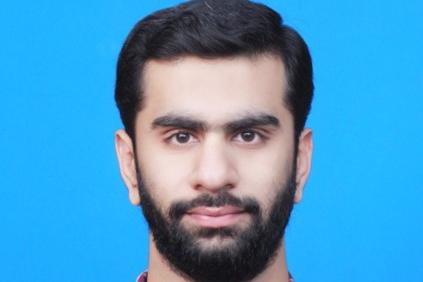
Event date:
Jan
15
2021
11:30 am
Single-Point Sensing for Monitoring Performance of Old Buildings
Supervisor
Dr. Muhammad Hamad Alizai
Dr. Tariq M. Jadoon
Student
Ali Yousaf
Venue
Zoom Meetings (Online)
Event
MS Synopsis defense
Abstract
IoT based cyber-physical approach to monitoring the performance of buildings requires instrumenting physical processes with computers and networks for intelligent monitoring and control. Major silicon vendors and enterprises have been pursuing an intrusive cyber-physical strategy that assumes consumers will want to place computing devices everywhere for monitoring. While this strategy has some merit, as the cost of sensing devices decreases, it still comes with associated installation, maintenance, security, and privacy overhead, which is prohibitive in the context of developing countries both culturally and economically. Thus, we need to instigate alternative deployment strategies for our cyber-physical infrastructure that can mitigate the social and economic barriers of developing countries like Pakistan. We ask and investigate "How can we unobtrusively monitor the performance of old buildings?".
We propose a single-point sensing technique around the concept of infrastructure mediated sensing. This technique employs only a single sensor at a strategic location to fingerprint consumption points through discernable signatures of signal variations generated in supply lines when consumption is triggered. Different appliances/fixtures induce different signal (electricity) or pressure (gas, water) variations in supply lines due to differences in their mechanical design and consumption, as much as the same types of appliances can be differentiated due to their relative location in the topology. We can use machine learning to label these patterns of variations with their corresponding consumption points and measure consumption. This sensing technique is particularly suited for developing countries as its primary goal is to reduce economic, privacy, installation, and maintenance barriers to adoption by reducing the cost and the complexity of deploying and maintaining a sensing infrastructure.
We propose a single-point sensing technique around the concept of infrastructure mediated sensing. This technique employs only a single sensor at a strategic location to fingerprint consumption points through discernable signatures of signal variations generated in supply lines when consumption is triggered. Different appliances/fixtures induce different signal (electricity) or pressure (gas, water) variations in supply lines due to differences in their mechanical design and consumption, as much as the same types of appliances can be differentiated due to their relative location in the topology. We can use machine learning to label these patterns of variations with their corresponding consumption points and measure consumption. This sensing technique is particularly suited for developing countries as its primary goal is to reduce economic, privacy, installation, and maintenance barriers to adoption by reducing the cost and the complexity of deploying and maintaining a sensing infrastructure.

